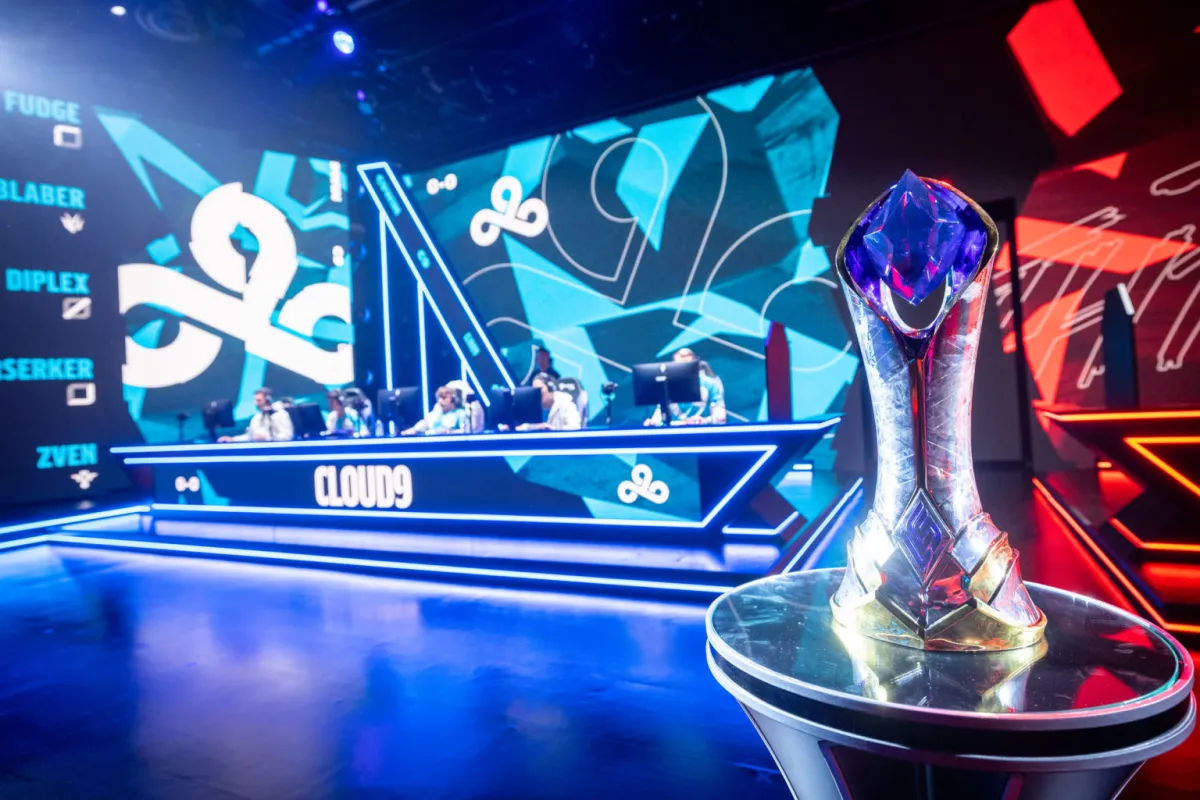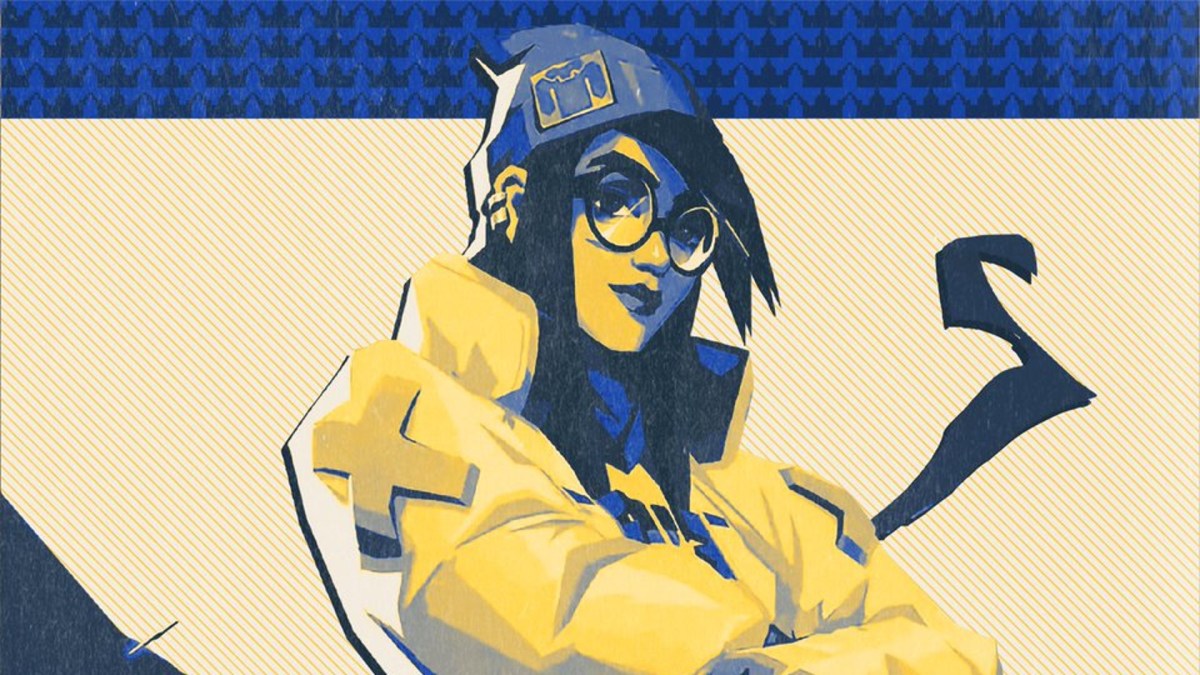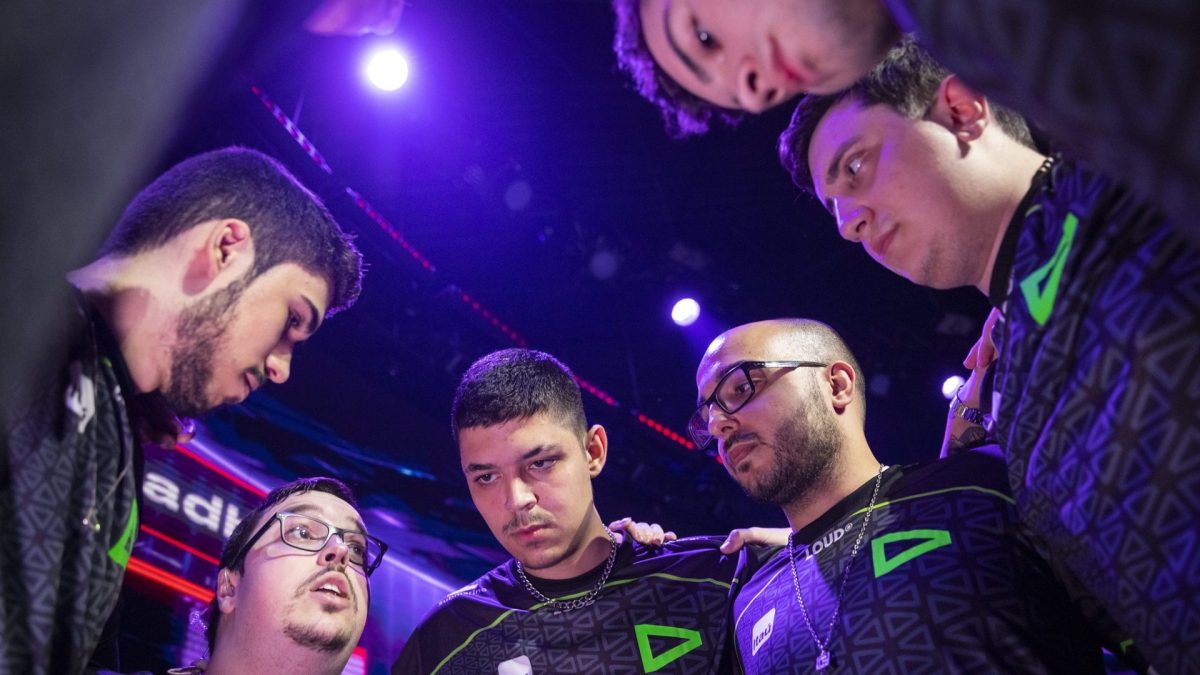Yes, the title itself is a misnomer. For one thing, Destiny 2 was never intended to be an esport. Or rather, the developers, Bungie, have never made a direct claim. At least, they never cited they would instantly turn it into a big one. For instance, in an interview last August prior to the game’s launch, director Luke Smith mentioned:
“Bungie has a long tradition of being active in the competitive realm, starting way back in our previous games and Halo. It’s something that we talk about a lot. Players choose where they want to spend their time and they like to choose and support the games that they love. If they decided Destiny is a space that they want to love and prop up in that way, then that’s something we think we are interested in.
Yes, we want to make the game feel more comfortable in a tournament setting, that was one of our goals but that doesn’t mean that we go straight to like world championships. I think the reality is we want people to feel comfortable there first and if that’s something that they want and we have the ability to support it then we’d love to support it.”
In another piece, this time from The Telegraph, David Shaw (PC project lead at Bungie) and Thomas Gawrys (lead engineer at Vicarious Visions, a studio assigned to help out Bungie in the game’s development) cited:
Gawrys – We love seeing that people spin off their own tournaments and different stuff like that for competitive gaming we don’t have anything to announce right now about esports.
Shaw – I think we kinda look at it as that we didn’t try to go build an esports, it’s nothing we’re opposed to in any way, but I think the esports community would decide what the best way to play it is. From our perspective, however people want to play, I mean a lot of the input we put on PC was about choice, letting people play the way they want to play on the hardware they want to play on.
So why exactly did Destiny 2 fail as an esport? There were no plans to turn it into a massive one from the get-go, right? Well, simple — because all signs pointed to that. Hey, consider that the game also has a PC version, and how the PC crowd loves competition.

The Creators of Halo
Bungie is, of course, the studio that created the juggernaut that is Halo. It has its own championship tournaments. The game is regularly covered by YouTube personalities, esports leagues, and gaming sites. It is one of the most influential games of all time. Halo essentially changed the landscape of the run-and-gun FPS genre and online competition for console players. Bungie parted ways with Microsoft and began work on Destiny. This new franchise was touted as a 10-year journey and a brand-new, shared-world experience. It filled a new generation of gamers with a sense of wonderment for all its potential.
Here you’ve got ingredient #1 — a developer with a track record for releasing epic and competitive FPS games.
The Twitch/YouTube following in the community
Millions of gamers were hyped for the multiplayer masterpiece that Bungie had in store. Everyone was ready to become a “Guardian.” These heroes wield The Light, a superstitious and unexplained force derived from The Traveler. And The Traveler is, of course, a sentient, alien sphere dominating Earth’s skyline. Naturally, players also wielded an assortment of weapons and as the majority of users agreed, the core gunplay was excellent.
So streamers naturally flocked to the scene with personalities such as King Gothalion, Professor Broman, Datto, RealKraftyy, Teawrex, Triplewreck, Luminosity, and Ms5000Watts. Hundreds of passionate fans made a splash on the stage. Gothalion made a name for himself playing the game, having the 56th biggest following on Twitch. Others meanwhile had their own fanbases in various fora and subs. Their enjoyment and opinions carried a lot of weight among their viewers.
So now you have ingredient #2 — all the hype and a massive following among the streaming/hardcore subset.

Crucible and Trials of the Nine
Destiny’s PVP was fun and dynamic, the movement and controls were tight, and the firefights were intense. It’s not perfect and more improvements could be done, but it was really good. The competition became more serious every weekend when Trials of the Nine came out. It’s an event which runs from Friday until the reset on Tuesday. In the first game, the format was 3v3 — small team tactics, lots of communication, lots of planning and maneuver. ELO ratings via Destinytracker were taken into consideration when picking someone to play with. Likewise, controversies between Connection-Based Matchmaking (CBMM) and Skill-Based Matchmaking (SBMM) abound. Oh, and there were also Trials DDOS-ers.
People saw Trials as the pinnacle of “true” and “skilled” competition among players. Streamers made a killing especially when pub stomping randoms. They also sold “Trials carries” for the poor scrubs who needed to get to The Lighthouse. That’s a social space you can only find yourself in after getting a Flawless 7-0 card. Seven matches won and zero losses (affected by certain boons of course). This meant you can go 6-0 until your final match, where the score might be 4-4. If you screw up at the end — goodbye Flawless. Saying Trials matches were “sweaty” is an understatement. Things really got heated.
And so this is ingredient #3 — a dynamic and competitive scene with a mode that is regularly watched. It garnered attention from those who felt it was the true measure of one’s skill.
So how did it all come crashing down?

Great expectations
If you take a look at various message boards, official forums, subreddits, YouTube videos, and gaming sites, you’ll realize that the experiment to turn Destiny 2 into the latest esports extravaganza has failed. A myriad of reasons has been offered. I would like to break all of those down into one. The expectations did not match the reality.
The expectation was that Destiny 2 would deliver the same level of excitement as the first game. The reality was that it was heavily criticized for many changes that were made to the sequel. Some of these were due to feedback from its predecessor. Players hated the artificial grind, so the sequel had the grind become almost hilariously non-existent. Most people ignored grimoires (collectible lore pieces) and the story in general. That went “poof” as well. A lot of casuals were locked out of high-end progression since the top rewards can only be obtained from hard mode raids or trials. Well, now you can reach max levels from any random drop anywhere.
Breaking a few stuff
Fixing the game also meant breaking a few things along the way. The casual fanbase might be appreciative of it. After all, reviewers and pundits cited earlier on that “streamlining was a good thing,” and “the game fits into one’s life.” However, at the same time, the hardcore and dedicated player base were up in arms. Loyal players felt they were not being catered to anymore.
Competitive play in Crucible also took a hit. The reality was that by Destiny 1’s third year and fourth expansion, it had too many playlists, and it took too long to actually find a team for a 6v6 match. The player base had dwindled as well — the majority of the player base had been casuals after all. Crucible, back then, was also characterized by teams just steamrolling opponents via faster ability charges. It was not uncommon to see one super after another just decimating everyone around you. Or, you could just chuck a grenade every now and then, or a melee hit. These were either one-hit-kills or left your opponent reeling with low health.

Small team tactics
With Trials and small team tactics becoming the model for “skill measurement,” Destiny 2 ended up offering 4v4 match-ups instead. You will scratch your head since other modes were divisible by three in the first game (3-player Patrols/Trials/Prison of Elders; 6-player Crucible/Raids). This meant if you just had a 6-player romp through the Leviathan raid and wanted to run Crucible, you’re going to have to drop two friends.
This change might have been because of the aforementioned time-waste that is matchmaking for a 6v6 playlist. Players also saw it as an experiment into turning it into a more Trials; a small team tactics-oriented style of play. This was hard to get accustomed to as well. Regular Crucible was different from the sweaty moments induced by Trials. It was a more casual affair. Making the game more tactical and less spammy was also a goal, hence lowering ability charge rates. Unfortunately, players perceived this change as “no longer fun” and “losing our power fantasy.” The feeling of being neutered replaced the notion that the player was “powerful and can make a difference on his own.”
Similarly, since you had fewer players shooting at one another, it was common for everyone to band together. “Team-shooting” became the norm. Tactical applications work for games like the Rainbow Six or Arma series, however, Destiny’s player base isn’t accustomed to this. It led to calls for the developers to “lower time-to-kill” (TTK). This was seen as the only counter to team-shooting — make weapons kill faster. This is an irony considering that it’s only asking for lone wolves to be shot down by duos and trios faster.
Perhaps the biggest kickers of them all — random rolls and overpowered exotics
Destiny 1 was considered by many as a “looter shooter,” an “FPS with MMO features,” where “RNG was king.” It really took you a long time to get what you wanted. For reference, it took me nine months to finally get a Gjallarhorn. I’m the proud owner of a god-rolled Hopscotch Pilgrim, Eyasluna, LDR-5000, Grasp of Malok, The Matador, and Hawksaw, as well. But, dang it! I spent so many hours in sheer boredom and monotony trying to get them.
For every player that obtained an amazing roll for a gun, thousands more did not even so much as get a whiff. The guns which were considered some of the best were in the hands of the few. Some “fired like lasers,” while others had “two-tap-kill” rolls. Certain shotguns had their range equal to hand cannons. Some snipers had one-hit-you’re-dead body shots. Players used all of these guns to deadly effect.
Exotic weapons which had their own set of perks were also dominant. Hawkmoon had lucky shots proccing twice in one go. Thorn’s damage-over-time effect having you peek, shoot, then hide much to your opponent’s chagrin. The Last Word was just fanning out a barrage of bullets that were deadly from close-to-mid range. Calls for buffs and nerfs were daily occurrences. The Suros Regime and Vex Mythoclast were brutal during their initial iterations. The reality was simply that the guns themselves were the problem.
Can Destiny ever become a major esport?
Every game with a successful esports scene showed that there has to be an equal chance for every competitor. Everything has to be fair. Destiny’s random rolls and wacky exotics meant you had a select few weapons that became the go-to load-outs. Anyone looking to have an advantage in competitive play picked them. In the case of random rolls, it meant that the advantage was in the hands of the few who were “lucky” and “who had time to grind.”
The problem with the sequel is in removing these random rolls and focusing more on fixed perks as a sign of having an even playing field. Players became agitated that they had nothing left to grind for, nothing left to do. The sequel’s current trend in the past months has usually been slanted in the negatives. Players vocalized their disappointment and it takes time for the sequel to get back on its feet. This also means the esport experiment would remain as such — just an experiment. Well, at least until such a moment arrives when more people are welcoming of the idea.
The upcoming Crucible Labs update to test new PVP content might breathe new life into Destiny 2’s flagging PVP scene. Only time will tell. Or will this be too little, too late? Consider that today’s gaming landscape is dominated by Fortnite and PUBG. The former looks to gain a stranglehold in esports for shooters and the casual audience as well. Bungie needs to double-time if they want Destiny to ever be considered viable for major esports competitions.















Published: May 28, 2018 12:00 pm